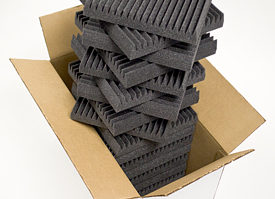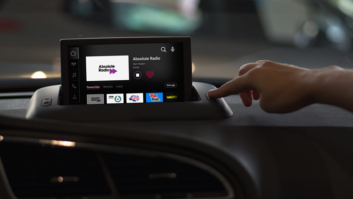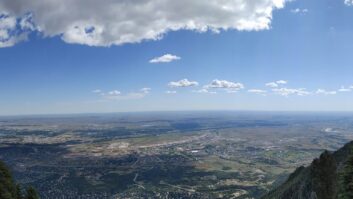
A current Radio World ebook provides guidance for the new generation of low-power FM stations in the United States. This is an excerpt.
Bext Inc. was founded in 1985 and is based in San Diego. Dennis Pieri is founder and CEO.
RW: How can a new LPFM get on the air affordably?
Dennis Pieri: Very easily. First and foremost, the FCC only allows FM transmitters that are approved for compliance under title 47 CFR §73.1660. To put it simply, FM transmitters that will be used with LPFM stations must have an FCC ID and be certified for use under Part 73. FM transmitters sold through major ecommerce websites such as eBay, Amazon and Alibaba rarely, if ever, follow these rules; therefore, they cannot be used with LPFM stations, or the station owner may be subject to a major fine.
The easiest way for station owners to get on the air affordably is to find an experienced broadcast engineer to help find the right equipment. You don’t need an expensive or complicated piece of broadcast or studio equipment to have a high-quality or reliable sound. Broadcast engineers deal with this on a daily basis, and they can easily guide station owners on what products a station needs.
New station owners often find the amount of features offered nowadays with studio and broadcast equipment overwhelming. While these features are great for bigger stations or more complex networks, it is important that smaller stations such as LPFMs only get what’s needed.
RW: What resources can help newcomers, and what other tips can you share?
Pieri: In this industry, we are very fortunate to have organizations such as the Society of Broadcast Engineers. I would recommend visiting their website and browsing the chapters by state to find the chapter nearest to your location. Most of the people in these chapters are active or retired broadcast engineers. Not only do they have a wealth of experience but are some of nicest and most welcoming people I have ever met. If someone from the chapter is not immediately available to help you, they can surely get you in contact with a contract engineer close to your location who is.
It is always best to place all electronic equipment in a well-ventilated room to prevent overheating. Second, when it comes to studio equipment or FM transmitters, purchase a surge protector to help protect against power line spikes and suppress lightning-induced transients. I also recommend placing a ferrite toroid between the RF output of the transmitter and the coaxial feed line to the antenna for further lightning protection.
Finally, as is standard in this industry, it is important to use grounding kits to help ground all the coaxial feedlines. Protection of equipment is vital to a long-term successful operation. This is why I recommend all LPFM stations find an experienced broadcast engineer. These and other installation tricks will make all the difference between a horrendous experience and smooth sailing.






